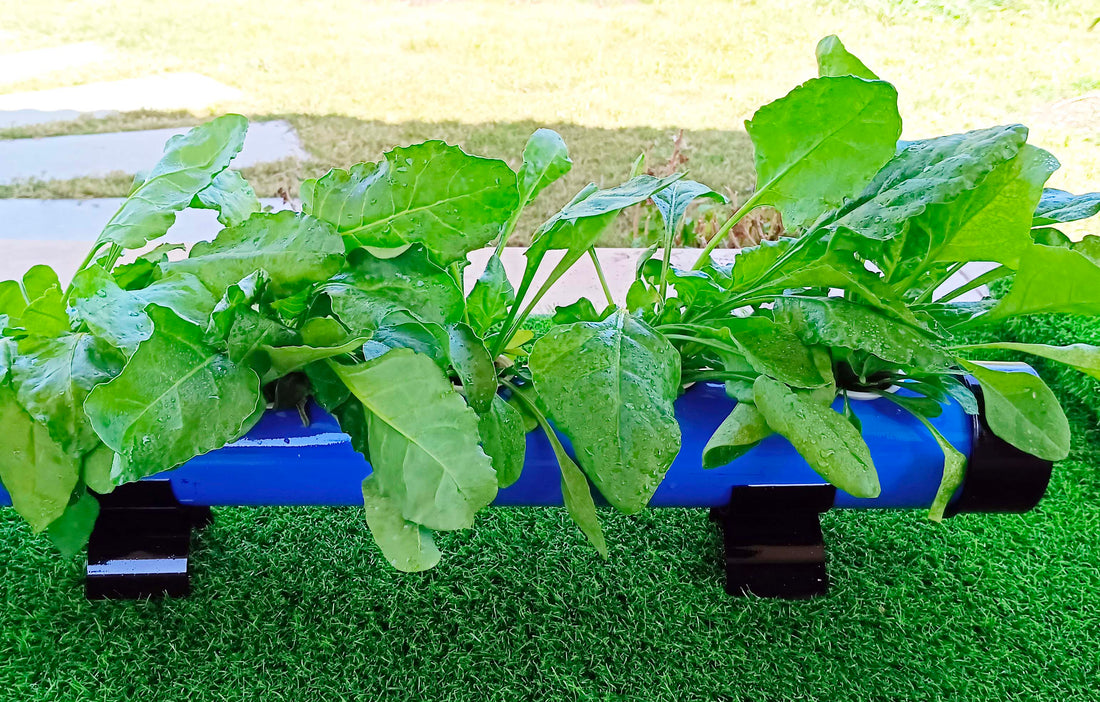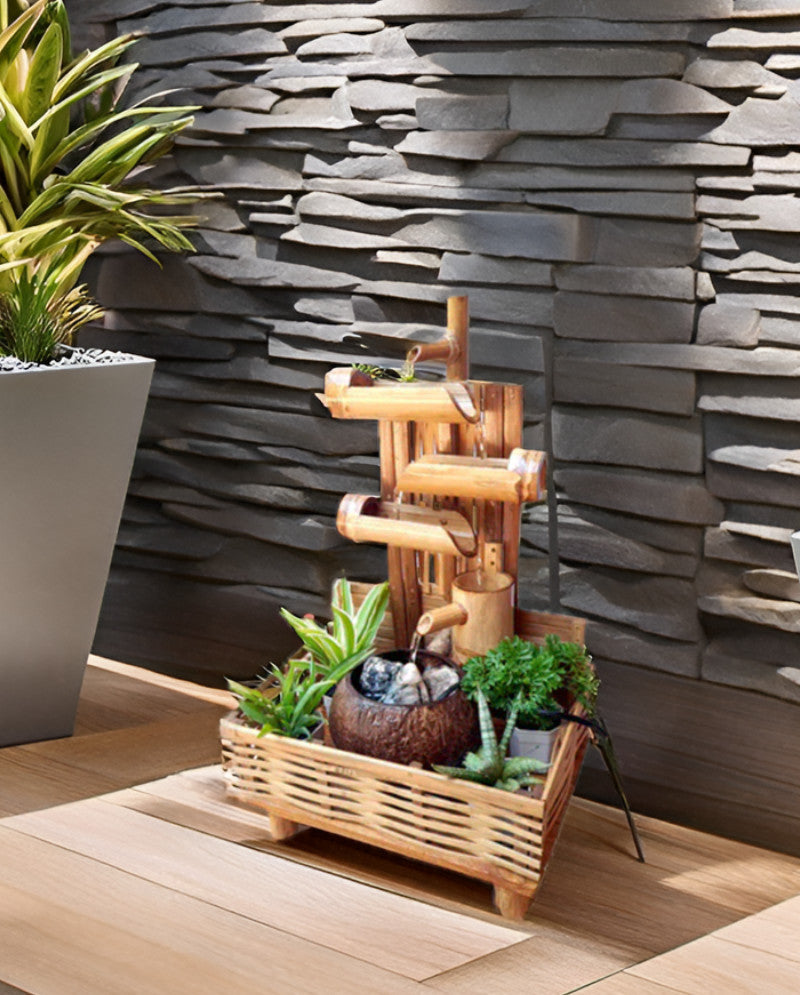
Everything You Need to Know About Hydroponic Spinach
Hydroponic spinach is a type of agriculture that involves growing plants without soil, using nutrient-rich water and a support structure for the roots. It is an efficient way to cultivate spinach as it allows for year-round production, uses less water and pesticides, and offers faster growth and higher yields compared to traditional soil-based agriculture. However, it requires a controlled environment and careful monitoring of pH, nutrient levels, and water quality to maintain optimal growing conditions. Additionally, hydroponic spinach is often more expensive than soil-grown spinach due to the costs associated with setting up and maintaining a hydroponic system.
Hydroponic spinach is a type of agriculture that has gained popularity in recent years, especially among farmers and gardeners who are looking for an efficient and sustainable way to grow spinach. Hydroponics refers to the practice of growing plants without soil, using a water-based solution that is enriched with essential nutrients to support plant growth. In this method, the roots of the spinach plants are suspended in a nutrient-rich solution, and the leaves of the plants are exposed to air and light, which are crucial for photosynthesis.

Optimal Growing Conditions for Spinach Hydroponics
Next, you must understand the best-growing conditions for spinach to set your hydroponic microclimate controls appropriately. In traditional growing methods, you’d have to worry about when to plant spinach, which is in season only in the spring. When grown hydroponically, spinach can be harvested year-round, offering fantastic health benefits every season.
HOW MUCH LIGHT IS NEEDED FOR HYDROPONIC SPINACH?
As for light, spinach does best with a 12 hours-on and 12 hours-off cycle. Direct sunlight is best, but fluorescent, high-pressure sodium, or HID lighting will work too. If your setup allows you to choose light color bands, blue light is ideal as it is best for leaf production.
HYDROPONIC SPINACH NUTRIENT REQUIREMENTS
Calcium and magnesium are the primary nutrients you’ll need for your spinach plants. Avoid too much nitrogen as it can cause leaf tip burn. You’ll want to start with a light nutrient mix, then raise it gradually after a few weeks until you get to full strength. Before harvest, lower your nutrient strength again to prevent leaves from becoming bitter.
Harvesting Hydroponic Spinach
Before your spinach harvest, you’ll want to make a few changes to your hydroponic system’s settings to produce sweeter spinach leaves. Reduce the temperature a few degrees and decrease the nutrients you’re feeding your plants just before they hit maturity.
When ready to harvest, use sanitized scissors or shears and cut the outer leaves off first. You may then choose to leave the smaller inner leaves on the plant so they can continue to grow or go ahead and harvest them if they’re big enough for your purposes.
How Long Does It Take to Grow Spinach Hydroponics?
The specific variety of spinach you choose and the type of hydroponic system you use can make a big difference in growing times. That said, most types of spinach take about 40-50 days from seed to harvest. Hydroponic spinach in systems that promote fast growth may be ready to harvest in as few as 35 days.
How to Store Hydroponic Spinach
Once your spinach has been harvested, you can store it the same way as any other type of spinach. In general, hydroponic spinach you’ve grown yourself will likely last much longer than traditionally grown spinach from the grocery store, but there are still some tricks you might want to use to keep it fresher longer.
The best way to store spinach to keep it fresh is to place it in a resealable container layered with paper towels to absorb any moisture. Change the paper towels as they become damp, as moisture could cause your delicate leaves to decay.
Keep your spinach away from ethylene-producing produce like bananas and apples unless it’s in an airtight container. Ethylene exposure can cause your spinach to age faster and go bad prematurely.
Health Benefits of Hydroponic Spinach
Spinach is an incredibly healthy leafy green, great for salads or cooking various recipes. Many people choose spinach for its energy-restorative properties and its high iron content. Spinach also contains elevated levels of vitamins K, A, C, and B12, folate (vital for pregnancy), and minerals such as manganese and magnesium. It’s a wonderful food for bone and blood health and is incredibly versatile in its uses.
Advantages of Hydroponic Spinach
There are many benefits to growing hydroponic spinach, including:
-
Year-Round Production: Hydroponic spinach can be grown indoors, which means that farmers and gardeners can produce spinach all year round, regardless of the weather conditions. This is especially important for growers in regions with harsh weather conditions, where growing spinach in the soil may not be possible for part of the year.
-
Faster Growth and Higher Yields: Hydroponic spinach grows faster than soil-grown spinach, and the yields are often higher due to the controlled environment and the availability of a consistent supply of nutrients. This results in a more efficient use of space and resources, and can lead to a higher return on investment for farmers and gardeners.
-
Lower Water Usage: Hydroponic systems are designed to be water-efficient, as the water-based solution is recycled and re-used, reducing the amount of water required for irrigation. This is especially important in regions where water resources are scarce, and for farmers and gardeners who are looking to reduce their environmental impact.
-
Reduced Pesticide Usage: Hydroponic systems are closed environments, which reduces the risk of pests and diseases affecting the plants. This, in turn, reduces the need for pesticides, which can have a negative impact on the environment and human health.
-
Consistent Quality: Hydroponic spinach is grown in a controlled environment, which means that the quality of the spinach can be more consistent than soil-grown spinach. This is especially important for farmers and gardeners who are looking to sell their products in the market, as customers are often looking for high-quality, consistent produce.
Why Is My Hydroponic Spinach Dying?
Few things are more frustrating than putting all your effort into growing delicious spinach plants only to have them die before they reach maturity. There are a few reasons this could happen, and fortunately, they can be corrected once you figure out the problem.
Most commonly, the problem may be in the root system. If your plants aren’t getting enough oxygen at the root level, this can cause root rot and a wilting spinach plant.
Another common spinach problem is when spinach produces seeds before the leaves ever have the chance to reach maturity. This is typically caused by either too much light or too high temperatures.
If your problems begin even earlier and your spinach seed fails to germinate, you might not be providing enough moisture. Raise the level of moisture fed into your germination setup, and you’ll achieve far better results.
What Causes Hydroponic Spinach Leaves to Fade Yellow?
The most common problem with hydroponic spinach plants is when leaves begin to fade to a sickly yellow color. This typically means you have a nitrogen deficiency in your hydroponic nutrient solution. Adding more nitrogen should solve the problem and return your hydroponic spinach plants to health.
Does Spinach Do Well in Hydroponics?
When given the proper nutrients, lighting, and temperature settings, spinach can grow very well in a hydroponic environment.
Does Hydroponic Spinach Regrow After Cutting?
If you’re careful to only harvest about a third of each spinach plant, you can continue to regrow spinach leaves repeatedly from the same plant. In this case, new leaves will regrow every few days.



